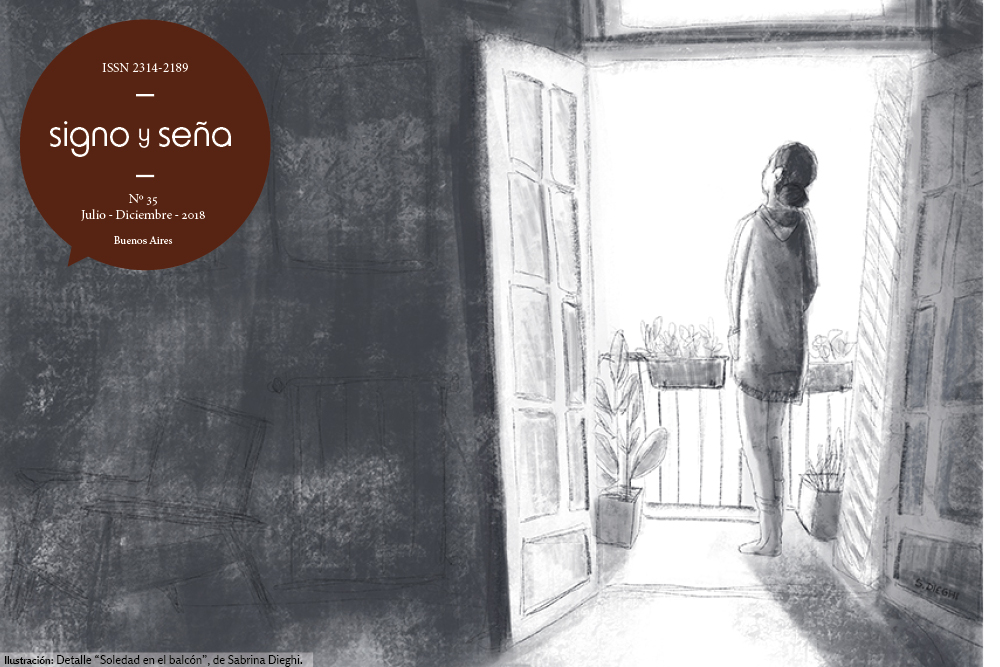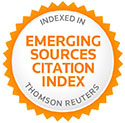ESTAR + CP in Peruvian Spanish
Keywords:
hyperraising, agreement, complex predication, Peruvian Spanish
Abstract
In this paper, I will describe the construction Ella está que canta (‘She is that (she) sings’) from the Peruvian variety of Spanish, where ‘estar’ selects a CP to conform a complex predication. I will follow Cuervo’s (2003) eventive structure in order to analyse the components in this construction; and the absence or underspecification of T in the embedded clause which allow the raising of DP through CP to Spec,T from the matrix clause (Martins & Nunes 2010; Fernandez-Salgueiro 2005; Fong 2019, Pesetsky & Torrego 2001, 2004, 2007). I will prove, in the first place, the monoclausality of the structure. Then, I will show that this structure is made through an organization of events by complementation: a state event selects a dynamic one, and both are interpreted from an aspectual perspective of iteration; finally, I will explain the rising of the subject from a lower clause through the feature nonspecification of T of the lower verb, with the consequent “escape” of the DP to a higher level, and, for this, we assume the possibility of considering Esp, C as argument position or mixed A / A ‘, given the selection properties of ESTAR.Downloads
Download data is not yet available.
Published
2019-07-01
How to Cite
Martel Paredes, V. A. (2019). ESTAR + CP in Peruvian Spanish. Signo & Seña, (35), 151-171. https://doi.org/10.34096/sys.n35.6942
Issue
Section
Articles
- Authors keep the copyright and give the journal the right of the first publication, with the work registered with the Creative Commons Attribution-ShareAlike 4.0 International License, which allows third parties to use what is published whenever they mention the authorship of the work and the first publication in this magazine.
- Authors can make other independent and additional contractual agreements for the non-exclusive distribution of the article published in this journal (eg, include it in an institutional repository or publish it in a book) as long as they clearly indicate that the work It was published for the first time in this magazine.
- Authors are allowed and recommended to publish their work on the Internet (for example on institutional or personal pages).

















